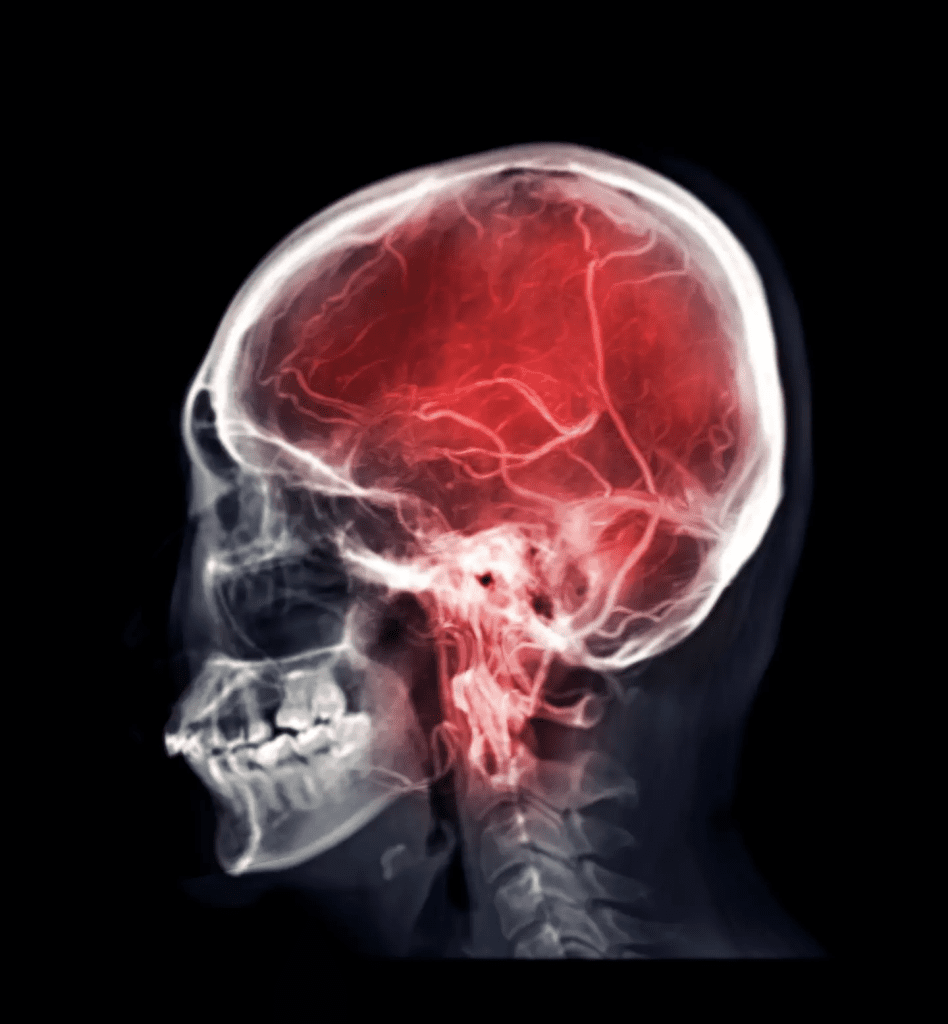Headaches are common, often caused by simple issues like dehydration or stress, and usually ease up with some water and a painkiller. But have you ever wondered if your headache might be something more serious? Recently, Dr. Joe, a doctor and popular TikTok content creator, shared an important warning about a specific type of headache that requires immediate medical attention: the thunderclap headache. If you’ve never heard of it, keep reading because recognizing this condition could make all the difference.
What Is a Thunderclap Headache?

Medical professionals categorize headaches by their characteristics, with common types including tension, sinus, and cluster headaches. However, a thunderclap headache is in a league of its own. As described by the NHS, it feels like an intense, sudden blow to the head, resulting in severe, blinding pain that’s unlike any headache you’ve experienced before.
In a recent TikTok video, Dr. Joe highlighted a man’s experience of an intense headache that hit after a fishing trip. It rapidly escalated, leaving him disoriented and struggling to stand. This is precisely the kind of situation where a thunderclap headache can be a red flag for a medical emergency.
Recognizing the Symptoms of Thunderclap Headaches
Thunderclap headaches are characterized by an extremely sudden onset of pain, typically reaching peak intensity within 60 seconds. But it’s not just about the pain; other alarming symptoms often accompany these headaches.
Here are some key signs to watch for:
- Sudden, intense pain: The headache reaches maximum intensity almost instantly, often described as the “worst headache of your life.”
- Nausea and vomiting: These are common with severe headaches but can be more intense with a thunderclap headache.
- Altered mental state: Confusion, disorientation, or difficulty staying conscious are concerning symptoms.
- Seizures or fever: While rare in typical headaches, these symptoms can occur with thunderclap headaches.
- Neck stiffness and sensitivity to light: These can indicate increased pressure in the brain, which often accompanies serious neurological issues.
@drjoe_md Recognizing the symptoms of a spontaneous brain bleed, also known as a hemorrhagic stroke, is crucial for prompt medical attention. Key symptoms include a sudden and severe headache often described as the worst headache of one’s life, sudden confusion, difficulty speaking or understanding speech, weakness or numbness in the face, arm, or leg—especially on one side of the body—vision problems in one or both eyes, difficulty walking, dizziness, loss of balance or coordination, and a sudden severe headache. In severe cases, the individual may experience nausea, vomiting, seizures, or loss of consciousness. If any of these symptoms occur suddenly, immediate medical care is essential. #stroke #headache #neckpain #emergencymedicine ♬ original sound – Dr. Joe, M.D. 🩺
Dr. Joe explained that thunderclap headaches are not to be brushed off as “just another headache.” They can be a warning signal from your body that something is dangerously wrong, and immediate medical evaluation is critical.
Why Are Thunderclap Headaches Dangerous?
Not all headaches warrant a trip to the ER, but a thunderclap headache is different. Its sudden, overwhelming pain often points to life-threatening conditions that need immediate attention. Here’s why thunderclap headaches are taken so seriously.
The Link to Brain Aneurysms and Subarachnoid Hemorrhage
One of the primary concerns with thunderclap headaches is their association with brain aneurysms. A brain aneurysm occurs when a blood vessel in the brain bulges and fills with blood. Often, these aneurysms go unnoticed until they burst, which is when the risk becomes severe.

If an aneurysm ruptures, it leads to a condition known as a subarachnoid hemorrhage—a type of bleeding on the surface of the brain. This is a medical emergency, as it can lead to permanent brain damage or even death without swift intervention. Thunderclap headaches are frequently the first and most noticeable symptom of a ruptured aneurysm.
Other Potential Causes: Stroke and Blood Clots
Besides aneurysms, thunderclap headaches can also signal other critical conditions like strokes or blood clots in the brain. When blood flow is blocked or disrupted in the brain, the body often reacts with severe, sudden pain, alerting you that something is seriously wrong.
In these cases, time is of the essence. Immediate medical care can drastically improve the chances of recovery, as doctors can administer treatments to reduce brain swelling, restore blood flow, or stop any active bleeding.
When to Seek Immediate Medical Help for a Headache
Knowing when to go to the hospital for a headache can be tricky, but with thunderclap headaches, there should be no hesitation. Dr. Joe emphasized that if you experience a headache that’s intensely painful and peaks within seconds, it’s essential to seek medical help right away.

Here are some guidelines for when a headache might require emergency care:
- Rapid onset: If the headache comes on out of nowhere and peaks within one minute.
- Accompanied by other severe symptoms: Confusion, vision changes, seizures, or neck stiffness are signs that something more serious may be occurring.
- Worsens over time: If the pain doesn’t let up or keeps intensifying, it’s crucial to get it checked.
While it’s easy to assume a headache will pass, the risks associated with a thunderclap headache are too significant to ignore. In this case, better safe than sorry is the right approach.
Preventing Thunderclap Headaches: What Can You Do?
While you can’t always prevent a thunderclap headache—especially if it’s related to an underlying condition like an aneurysm—there are ways to lower your risk for serious complications.
- Stay Hydrated: Dehydration can sometimes trigger headaches. Make sure to drink plenty of water daily.
- Manage Blood Pressure: High blood pressure increases the risk of aneurysms. Regularly monitor your blood pressure and consult a doctor if it’s elevated.
- Avoid Smoking and Excessive Alcohol: Both habits can damage blood vessels and increase the likelihood of aneurysms and clots.
- Practice Stress Management: Chronic stress impacts your cardiovascular health. Techniques like meditation, deep breathing, and exercise can help keep your stress levels in check.
Remember: Not Every Headache Is the Same

It’s normal to experience a headache now and then, especially with factors like poor sleep, screen time, or dehydration. However, a thunderclap headache is different and shouldn’t be treated casually. While most headaches are benign, thunderclap headaches are rare but extremely serious, acting as a warning that something life-threatening could be happening within your brain.
For most people, the typical headache will go away with some rest, hydration, and maybe a little caffeine. But a headache that suddenly strikes like a bolt of lightning? That’s your cue to stop what you’re doing and get to a hospital.
Conclusion: Don’t Ignore the Warning Signs
A thunderclap headache is more than just pain—it’s a potential sign of life-threatening issues within the brain. Recognizing the symptoms can help you act quickly, possibly preventing severe damage or saving a life. So, if you ever feel a headache come on with intense, sudden pain and other severe symptoms, seek medical help immediately. In cases like these, taking action quickly is crucial.
Headaches may be common, but thunderclap headaches remind us that our bodies often give us clear signals when something isn’t right. Stay mindful, stay informed, and remember—better safe than sorry.


